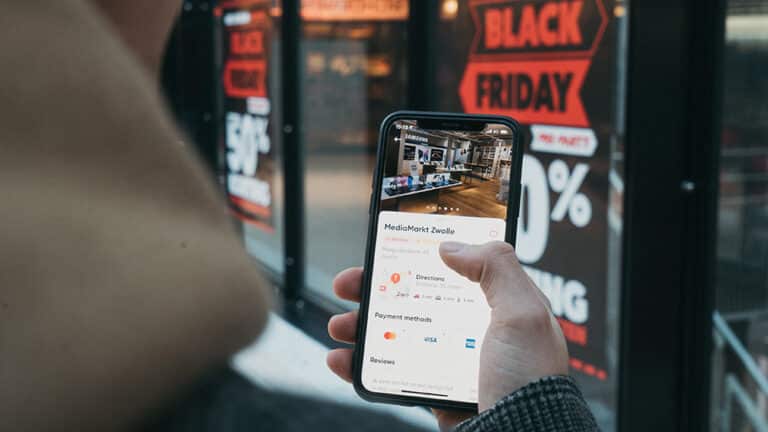As with everything else, you need a plan for your content before you start doing anything. Have a look and take insights from our Art Director, Totte Annerbrink’s, best practice to succeed.
1. Relevance, time and timing are important factors
To get a high level of commitment from the target group, you need to create relevant content and communication in social media as well as being “up-to-date” with the message conveyed – keep trends, global events, seasons and holidays in your creative mind. A clear example is Dbjourney who as a result of the world news about the container ship that got stuck in the Suez Canal, published a post on Instagram and created engagement among the followers by writing “Dreadfulblockage… This is the last time we let our internal drive the Deliveryboat. D_b_ name a new boatname below 👇🏽 #dbjourney”.
2. Test your content over a longer period of time
A lot of the content you create needs to be tested over time so that you can see what works well and less well. An example is music that can give different results at two different tempos. You can test a music track that has 110 bpm (beats per minute) or 80 bpm in two ads in order to evaluate the tempo that the most people interacted with, and continue on that track / tempo. Dare to try new creative methods according to the resources and budget you have so that you can develop your content, which is the key to results in a changing media landscape that we have today.
3. Highlight messages in content copy
Your customers are exposed for between 6,000-10,000 messages per day and the average time of attention is 1.7 seconds in social media. Your ads often have more than one message. You should therefore divide it and possibly mark your most important words with a strong color, or small movements to get a different effect that makes it stand out. It also makes your content easier to consume and your messages are captured by the target audience. We only remember 10% of what we read and 30% of what we see. If you then want the target group to click through to your website, you must mark and clarify your call-to-action. Here’s an example of how it could look like:
4. Recycle your social media content
You can be smart with your resources by reviewing your existing material and reviewing what can be used again. Producing new content takes time and resources. Translating materials that you have previously created means that you can easily reduce both cost and time, and instead be more creative to create more and varied content. If you have a tight deadline, you can reshape old infographics with new data or use the split-screen to convert existing material to a new format.
5. Separate your communication depending on the product
If you have several products that are adapted to different levels of knowledge or people, it is recommended to separate the content into these because they are aimed at two target groups. You can still use the same basic idea, and make different ads. Work with different tempos, colors and music to create two completely different emotions. If you have a longer clip, you can divide it into several short sequences that make the content easier to consume. Here’s an example of how it could look like:
6. Test new channels in your media mix
It is difficult to know which channel that works best for your content, so you should test your target audience. Each social media user has an average of 8 accounts that they use in everyday life. Your target audience can interact with your content differently depending on the platform because they use them for different purposes. Say they start the day by scrolling through their Instagram feed on the way to work, and once at work click on LinkedIn with their first cup of coffee. At lunchtime, it’s time to look for inspiration on Pinterest for a new lamp for the living room and so it goes on. See your media mix as a game plan and how they work together. We get more data now than ever, so make sure you can measure your data, to get to know your target group’s user behavior, to be able to be where the target groups are.
7. Work with large elements
You have 1.7 seconds to get your target audience’s attention and visual effects can help you maintain engagement with your target audience. To be able to stand out in the crowd among other ads on social media, you need to experiment and dare to use strong colors, enlarged words, zoomed in details in the picture and effective music.
Hope you enjoyed the article. Don’t forget to subscribe to our newsletter!





